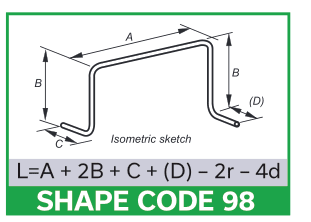kostast88
Structural
- Jul 22, 2013
- 108
Can I have an opinion on whether these are contributing at all in shear resistance of a (piled) foundation slab?

On my construction site the designer said yes but I have doubts. In my designs I never considered them, nor I have seen a code reference (in any code) that says you can consider them.
I believe they simply support the upper reinforcement layers to build the base slab. Shear reinforcement should be provided ignoring these.

On my construction site the designer said yes but I have doubts. In my designs I never considered them, nor I have seen a code reference (in any code) that says you can consider them.
I believe they simply support the upper reinforcement layers to build the base slab. Shear reinforcement should be provided ignoring these.
